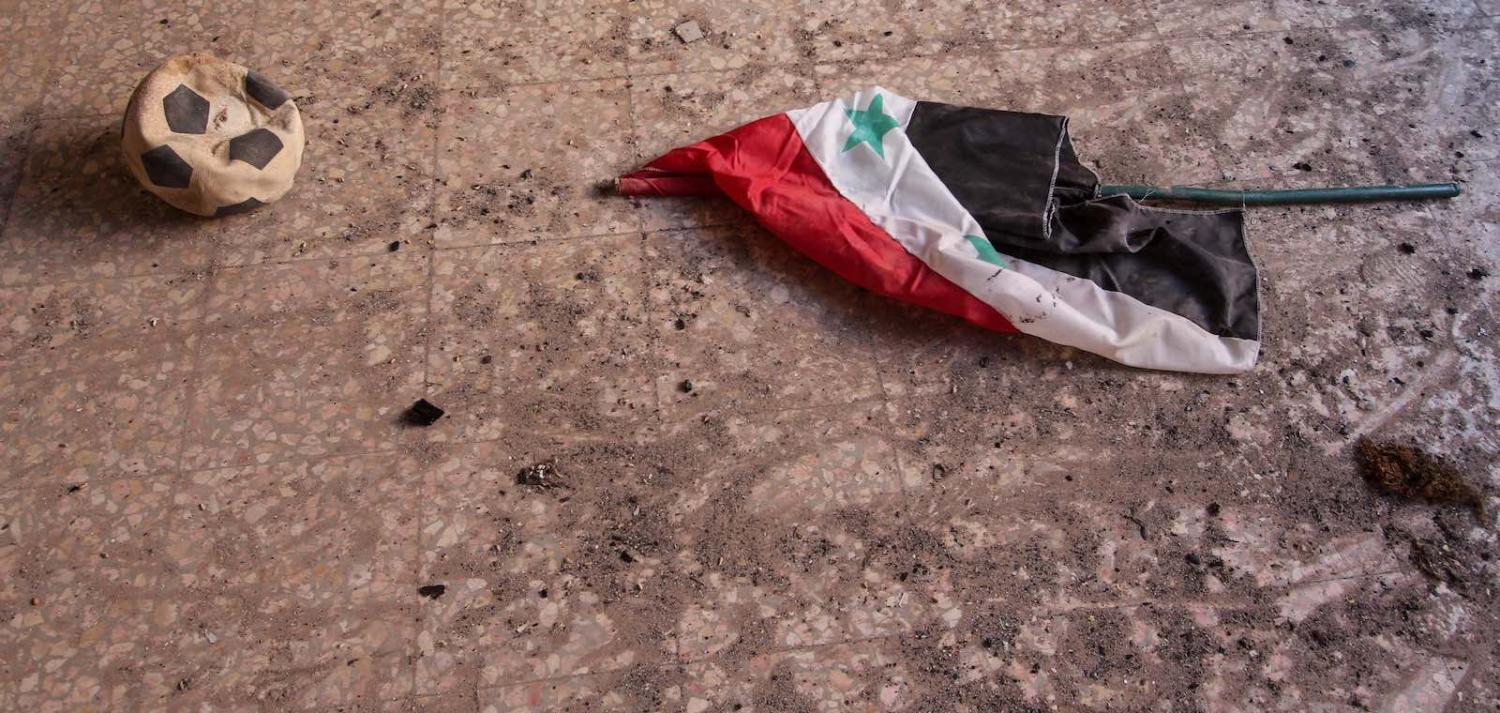Bashar al-Assad’s forces have continued to re-assert government control over most of the major population centres in Syria, yet these cities and towns remain only partially functional and in no fit state to host their former residents. But there has been some interesting manoeuvring recently around the injection of money into Syria for limited reconstruction.
Exactly who is going to pay for the reconstruction of a country blighted by more than seven years of an intensely fought civil war?
Vladimir Putin has been quite open in linking Europe’s refugee and migrant problem with the need to fund Syria’s reconstruction.
Had Assad been removed from power, it is reasonable to assume that access to funding from the international community would have been achievable. Although it is impossible to know what the final bill for reconstruction will be, the UN Special Envoy Stefan de Mistura has estimated that it could be in the order of $250 billion. Last year, a World Bank report estimated that to the end of 2016, the war had cost the Syrian economy $226 billion in lost GDP.
Given that all signs point to Assad staying in power, who pays becomes a thorny question. It’s well beyond the ability of Damascus and its allies to fund reconstruction, and in the case of Russia and Iran, beyond their willingness, too.
Other countries, such as China, are likely to assist given their relatively neutral stance throughout the conflict. Yet even Beijing’s funds are likely to amount to a drop in the ocean of what’s required, despite being in line with its strategic aims.
But there are also obvious pressures that exist in Europe and regional countries such as Turkey, Jordan and Lebanon, to encourage Syrians to return to their own country. Such returns will be impossible if infrastructure is not repaired to facilitate the movement and accommodation of those who fled.
So the international community (in this case, read Europe) is faced with a Hobson’s choice – to punish Assad by denying him funds as political leverage to force reforms, while continuing to play host to millions of Syrians; or to reward Assad, Russia and Iran, by making funds available while relieving themselves of much of the burden of hosting Syria’s displaced.
Ahead of a meeting this week with German Chancellor Angela Merkel, Russia’s Vladimir Putin was quite open in linking Europe’s refugee and migrant problem with the need to fund Syria’s reconstruction. But perhaps even more interesting has been the approach taken by Washington.
Unlike Europe, the US has troops in Syria continuing to fight ISIS, while also seeking to establish a strategic block against Iranian interests. Yet the US also wants help stabilise and to reconstruct the areas it assisted the Syrian Democratic Forces (SDF) to win back from ISIS control. Doing so will obviously benefit the government in Damascus, with whom the SDF is presently in talks.
It was therefore interesting to find out last week that the Trump administration had decided not to spend the $230 million in Syrian stabilisation funds allocated by Congress. This was undoubtedly linked to an announcement the previous day from the Saudi embassy in Washington, that Riyadh would provide $100 million in stabilisation funds for use in Syria’s northeast.
This has helped Washington avoid the tricky political problem of spending money in an area that it is going to have to directly or indirectly hand back to Syrian control sometime soon. Saudi Arabia’s decision has allowed Washington to argue that it is simply prosecuting a campaign against ISIS without rebuilding Assad’s infrastructure.
If only the solution was so neat elsewhere.

